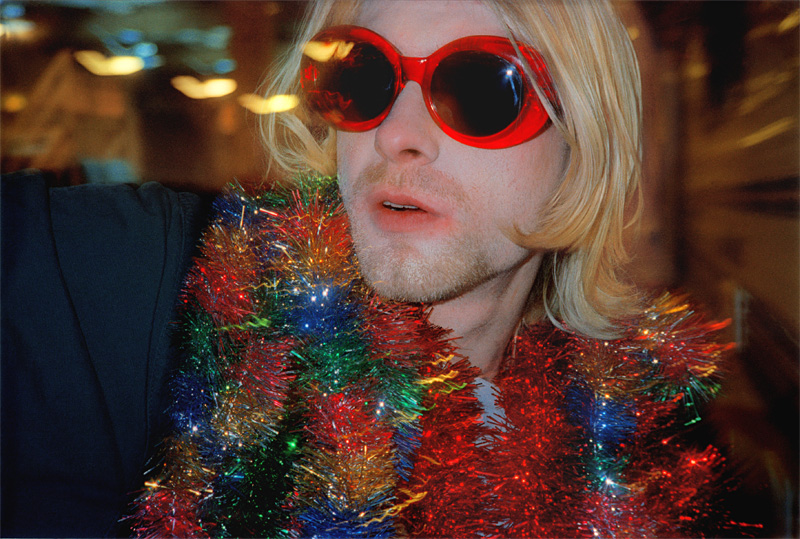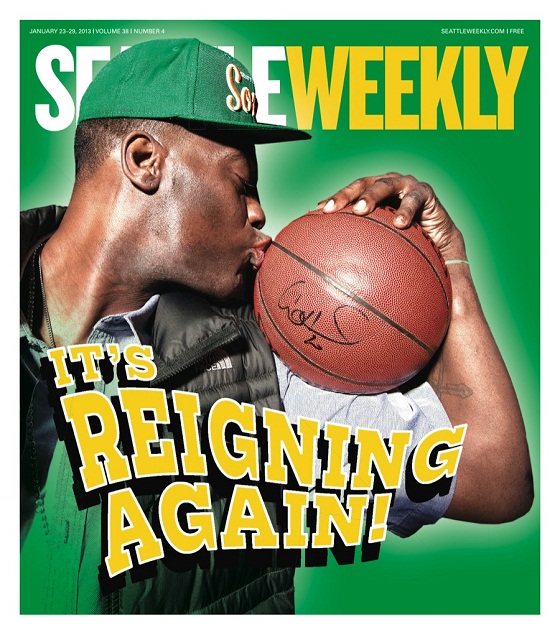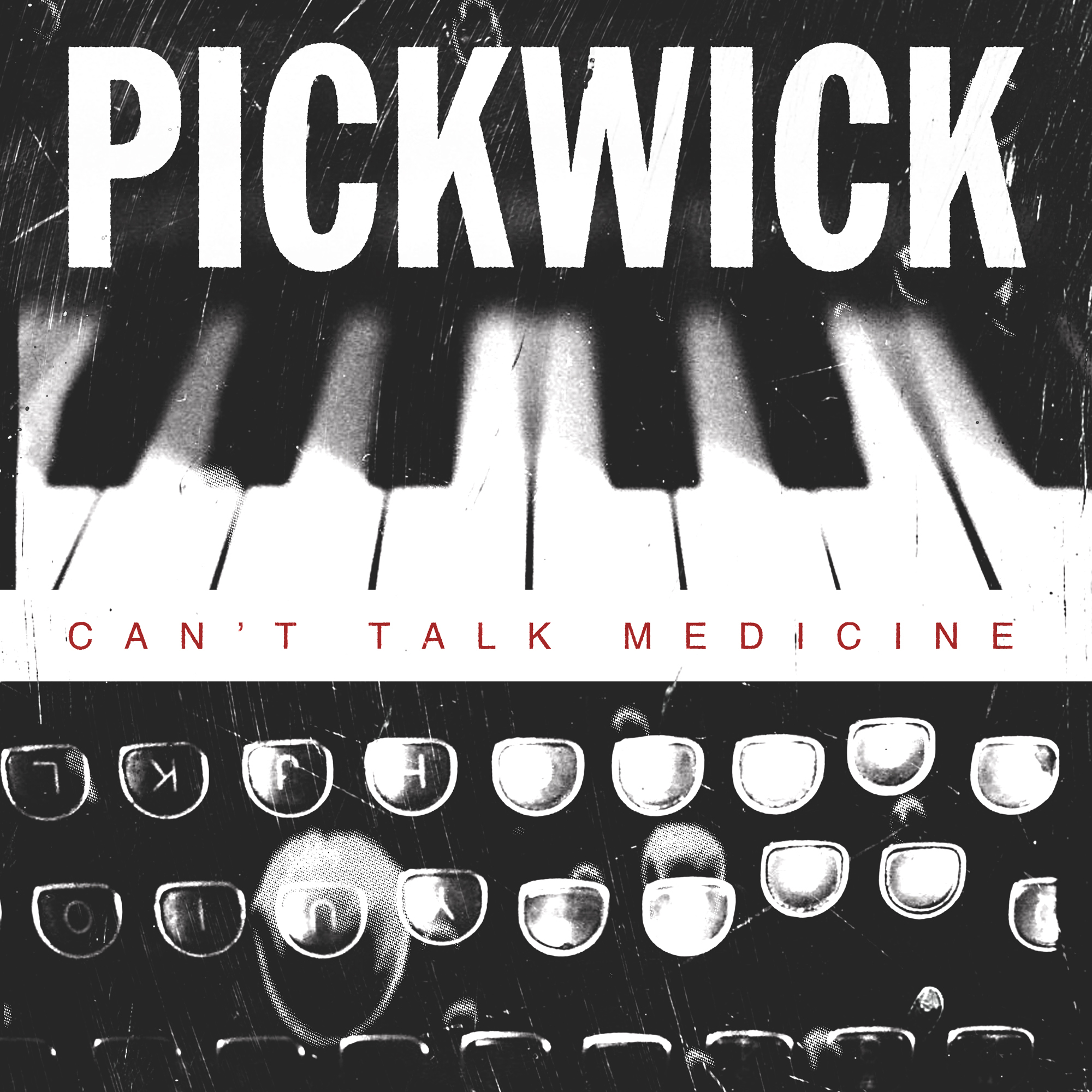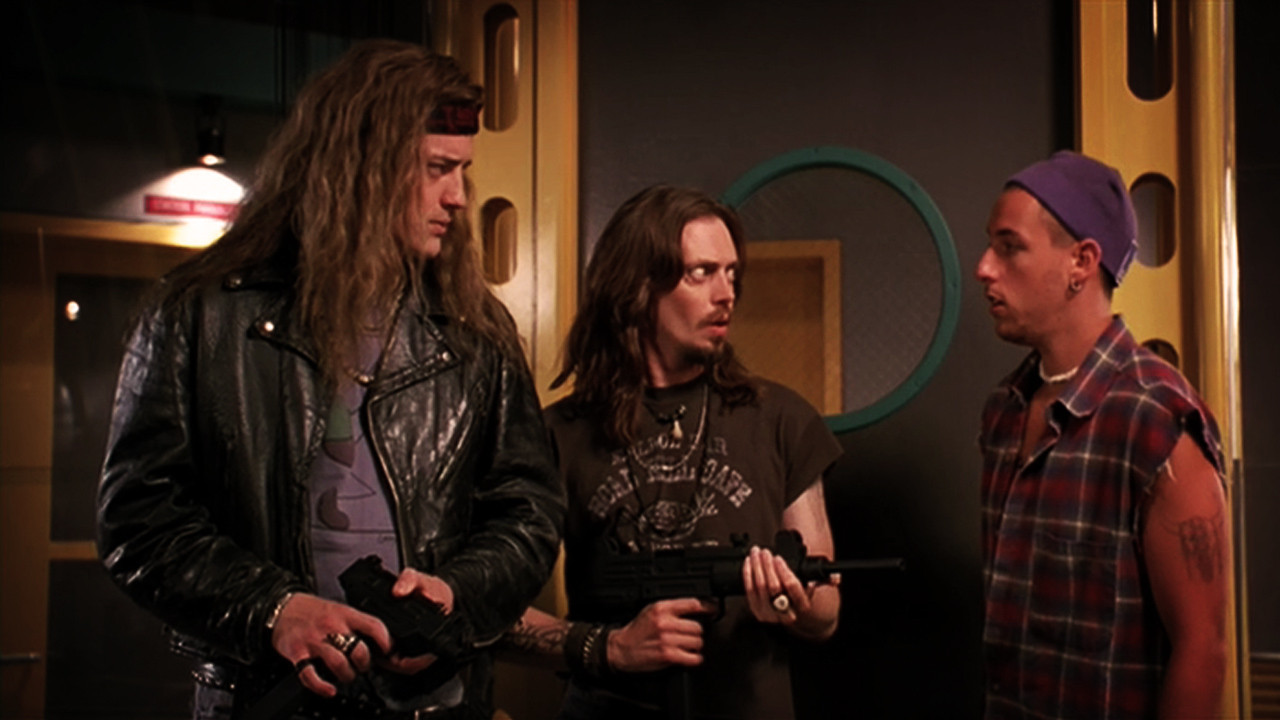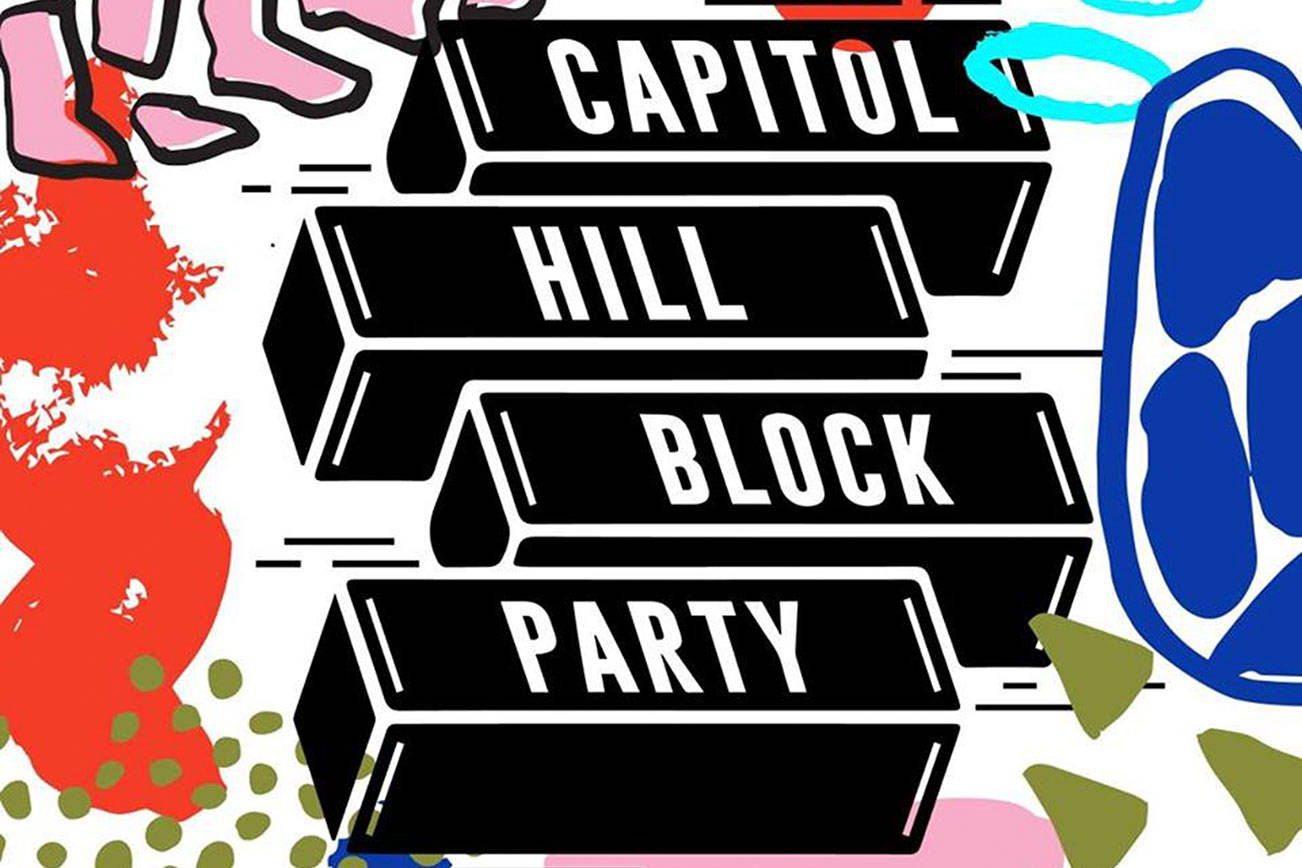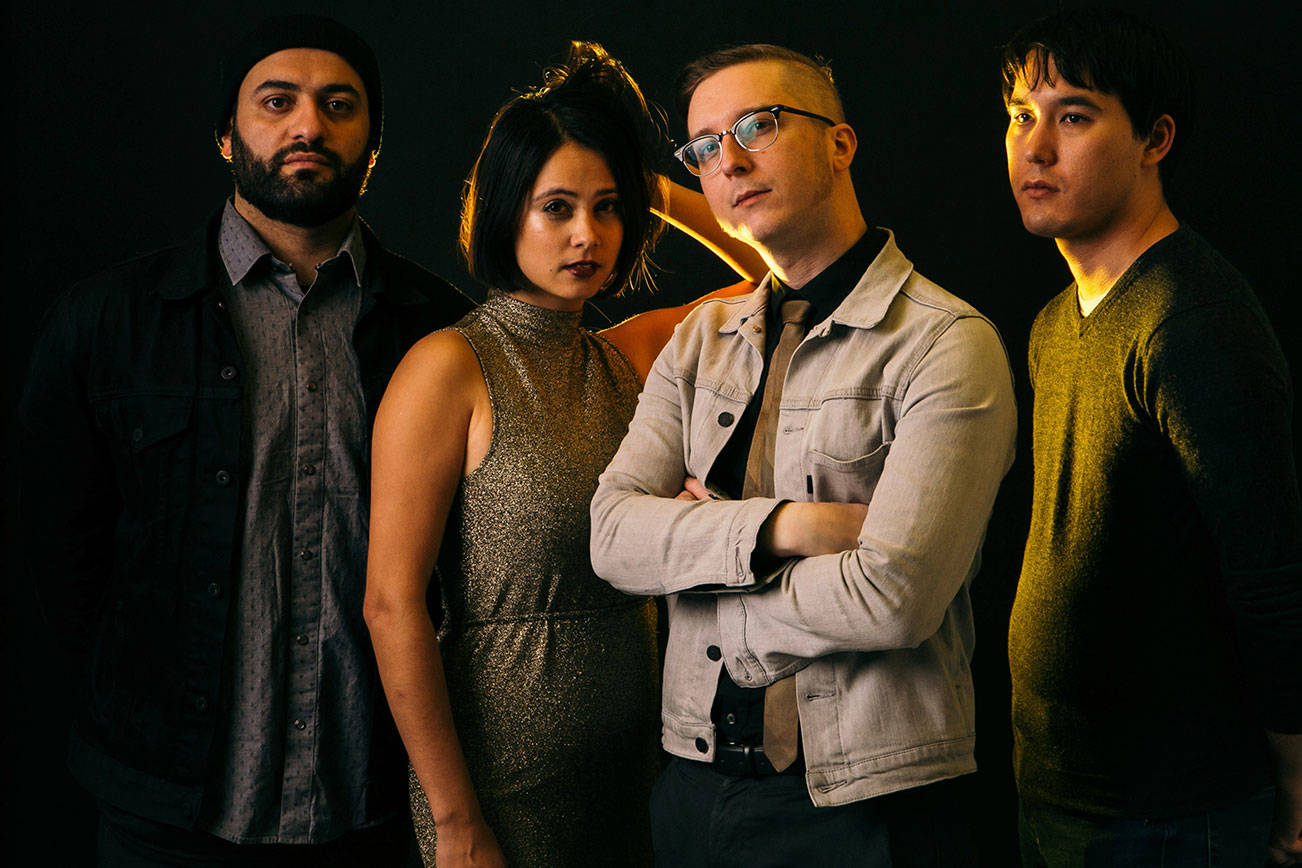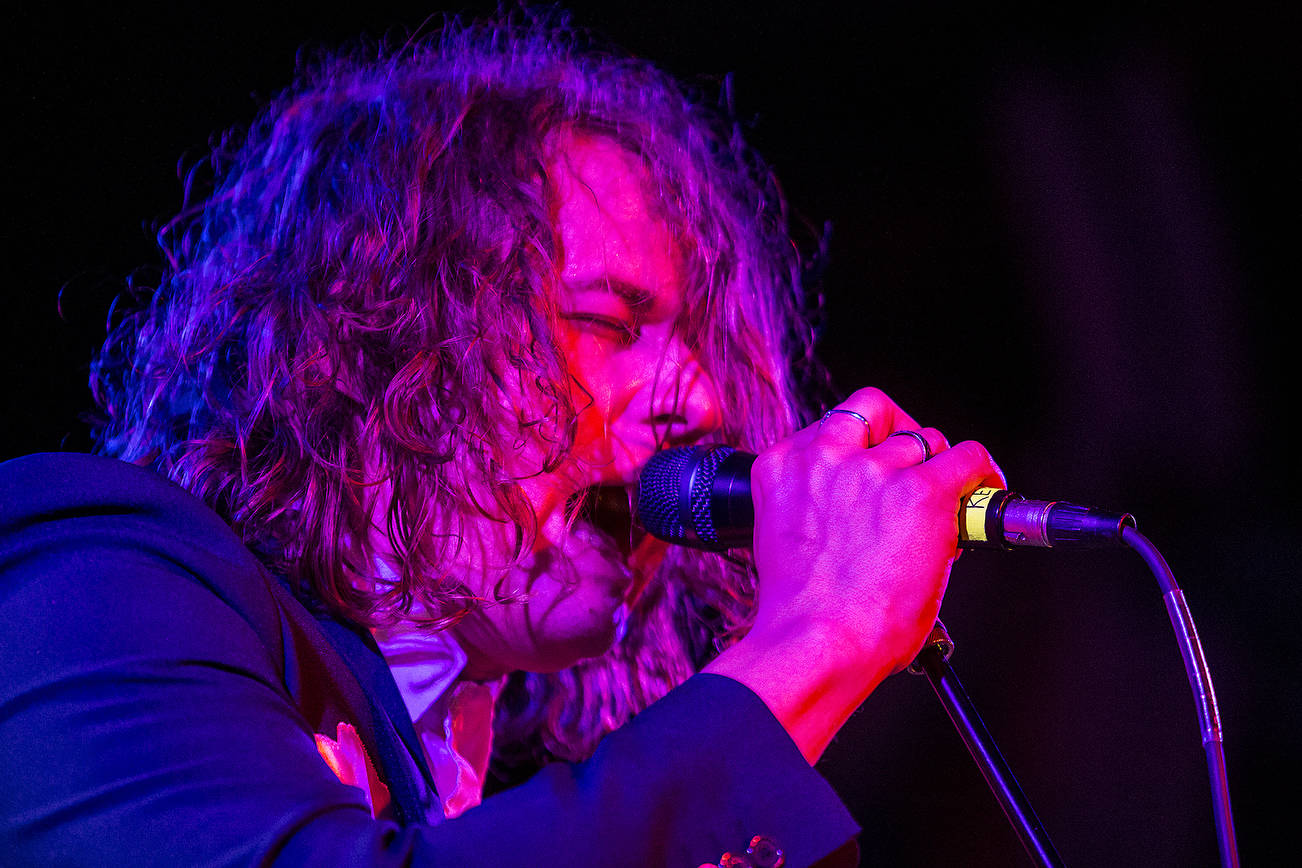During the past few times she’s made it to the Miami Art Fair, photographer Alice Wheeler (the shooter SW commissioned for the Pearly Gate Music photo in our music lead) has noticed a cottage industry of European artists obsessed with Seattle.
“Like, it’s a totally different viewpoint than we have of ourselves, you know?” she says. Wheeler, the photographer who shot Nirvana for their first single, “Love Buzz,” on Sub Pop Records in 1988—said to be the band’s, as well as Wheeler’s, first professional photo shoot—says there are differences in perception of how the world outside Seattle remembers Kurt Cobain, the Nirvana lead singer who committed suicide in 1994, and Wheeler’s most famous photo subject.
On the occasion of the May 13 opening of Seattle Art Museum’s exhibit Kurt, which includes some of Wheeler’s photos of Cobain, Wheeler sat down to chat about the ’90s, youth culture, and Evel Knievel.
SW: So would this show be more appropriate in a city other than Seattle?
Wheeler: No, I think it’s going to be really controversial. All the people from Seattle love Kurt, and are making positive work. It seems like a lot of the work focuses on his suicide. I think that in some ways the show might be a little bit disturbing to those who know and loved Kurt, because I noticed a lot of the artists from outside Seattle [have] more of an obsession with the myth of Kurt than who he actually was. And so I think that some of what the show explores is the myth.
One of the reasons I wanted to participate was because I knew him. I always try to participate in things about him because I want him to be a more realistic person, because there’s so many people like him that I meet. And those people always feel left out of society. And since he’s been dead, they’ve turned him into something you could never be in real life. And it just makes kids feel like they can’t be part of culture.
How was he different from the myth?
The people that I tend to meet are the young fans. I think sometimes those kids get the message that doing drugs is the only way to, like, be cool or something. But really, that was the exact opposite of my experience with Kurt. Before he did heroin, he made fun—and we all made fun—of the people that did heroin. Because they seemed really stupid and pretentious.
How did it come to pass that you would be the one to take those first photos?
Charles [Peterson] and I were both friends with [Sub Pop founders] Jonathan [Poneman] and Bruce Pavitt. The guys at Sub Pop thought Mudhoney would be the big stars, so they gave Charles all those photos, and they gave me Nirvana because they didn’t think Nirvana was very important. They were just those bratty kids from the south end.
Did Cobain enjoy being photographed?
With me, he did. Every time he saw me, he’d go, “Take my picture, take my picture!” And we’d grab each other and goof around. We were buddies.
What have you been shooting lately?
I’ve been working on a book. It’s about me, about all my stuff. There’s gonna be some stuff from the music scene, there’s a lot of stuff from the gay scene, and Capitol Hill and around there. I love to shoot parades and festivals. I have a bunch of stuff from [the 1999] WTO [riots]. One of my favorite things I’ve photographed in the last couple years is [when] I went to Evel Knievel Days in Butte, Montana.
This is your 30th year in Seattle. Where were you before?
I grew up in Omaha. When I was 17 I graduated early from high school, and I moved to California. I did the punk thing in San Francisco and L.A. in ’79 and ’80. Then I moved up here to Portland and Seattle, and went to college at Seattle Central and Evergreen. I’ve been interested in punk and youth culture since I was about 14 or 15. Did you see that Runaways movie?
No, I haven’t seen it yet.
It’s so good. In the last part of the movie, Joan Jett has this apartment on Sunset Boulevard, and she’s looking for guys for the Blackhearts. And that’s when I lived in L.A. I was in this all-girl band, and the guitar player was her hairdresser.
I have that Runaways album from when I was 16 and in high school. I was lucky because I grew up in Nebraska and the librarian had, like, Iggy Pop and David Bowie records at the library in 1975, and that first Patti Smith album, Horses. So that kind of turned me on to new music.
